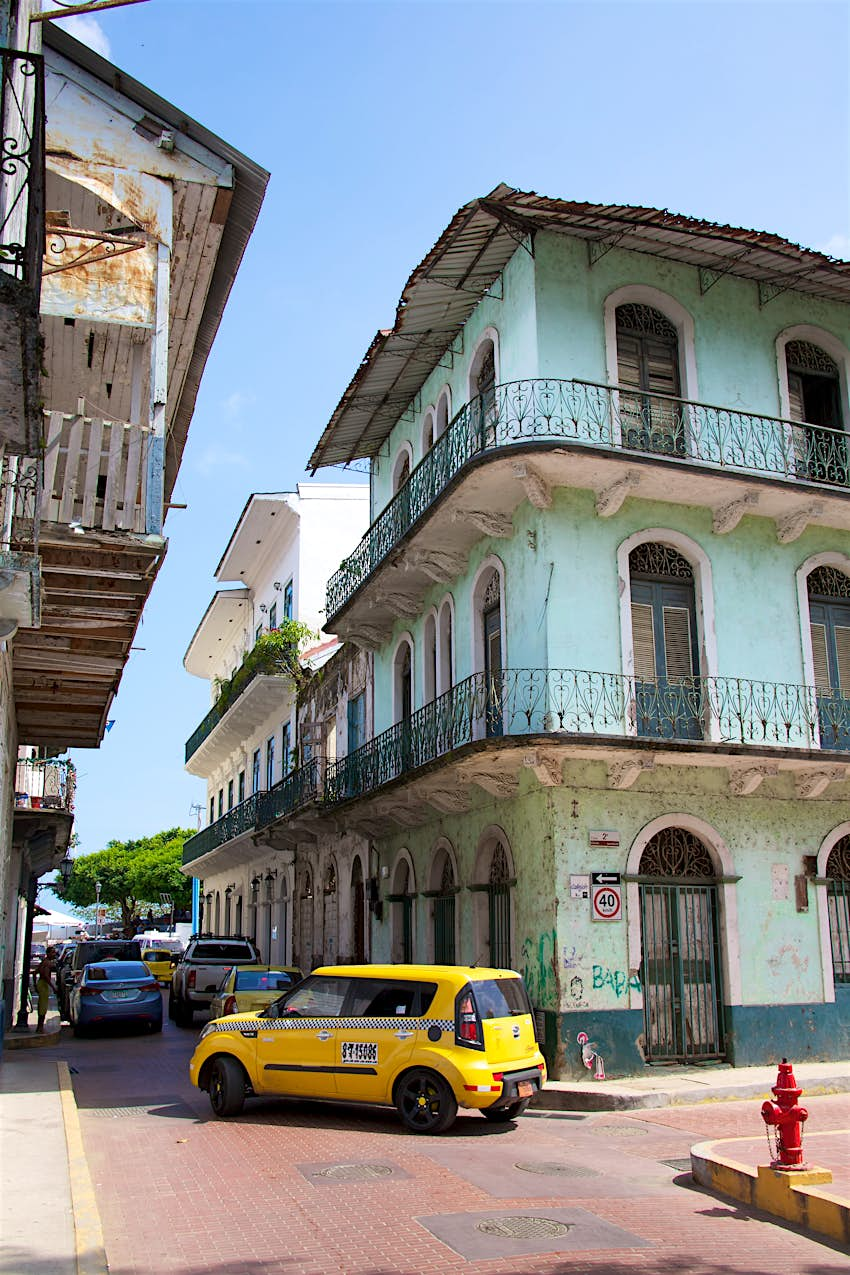Panama has announced that it will reopen its borders to international visitors from all countries from October 12, with some new regulations in place that are intended to keep everyone safe.
Following the news that its neighbour to the south has opened its borders to tourists again, Panama will welcome international visitors from all countries from October 12. The tourism board has been working closely with the ministry of health to implement new health and safety guidelines to keep visitors and locals safe. If you plan to visit you should expect some pre-travel requirements such as a negative COVID-19 result from a test taken no more than 48 hours before travel. If the test was taken before that, you’ll have to undergo a new test at the airport for about US$30.

“After closing our borders to travelers in late March, we are excited to safely welcome visitors back to Panama,” said Minister Eskildsen. “The new health and safety protocols reflect our continuous hard work and dedication in protecting both Panamanians and our visitors, and through our efforts, have earned the World Travel & Tourism Council (WTTC) Safe Travels stamp of approval. Our beautiful country, rich in nature, biodiversity and cultural heritage is once again ready to be discovered.”

Anyone arriving into Panama must also fill in an online form before flight check-ins, where they must agree to comply with new health and safety measures such as adhering to physical distancing and submitting to temperature screenings in the airport. If a passenger displays a high temperature, they’ll be given a rapid COVID-19 test. If the result is positive, the government will put them up in a hotel, at no extra cost, for seven days, at which time another test will be administered.

When it comes to dining out in Panama, tourists should be aware that they might need to book ahead as restaurants are limiting the number of diners they accept. Contactless payment is also in operation across most hospitality establishments. Additionally, museums and other tourist attractions have reduced capacity to 50%. Making reservations online in advance will help your visit run smoother. Beaches and national parks are open, boats are taking tourists to the islands and visitors can once again converge in Casco Viejo, the colorful Unesco World Heritage Site with its narrow stone streets, 19th-century mansions and cafes.
